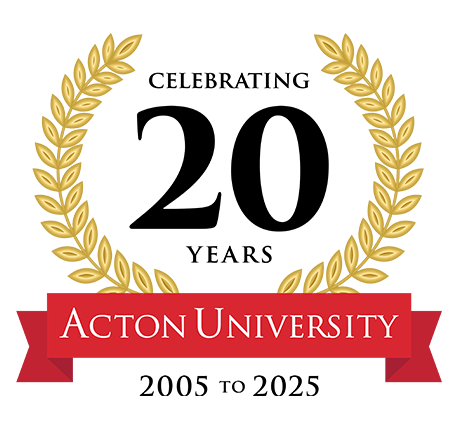Good choices benefit everyone but, as in all of life, not all groups gain equally. The success sequence is no different.
The sequence says that the vast majority of people can avoid living in poverty if they make a few deliberate life choices: finish high school, work full time, wait until age 21 to get married, and do not have children outside wedlock. Religion can provide unparalleled motivation for at least two of these goals. A new study has found that 99.1 percent of Canadians who followed those steps lived above the poverty level.
But do these choices benefit everyone equally?
One of the theory’s originators, Isabel V. Sawhill, found that black families benefit the most by following the success sequence. She cited an analysis by her Brookings Institution colleague Richard V. Reeves:
As he notes, the overall finding was that among whites the proportion who had incomes that were 300 percent of the poverty line or better went from 65 percent to 73 percent when everyone followed the success sequence. Among blacks, that same proportion went from 45 percent to 59 percent. Blacks, in short, started at a lower level but gained far more both absolutely and relatively than whites—even though it didn’t equalize their chances of being in the top half of the income distribution. Notably, however, if blacks followed the success sequence they were just as likely as whites to become middle class (that is, to have an income between 300 and 500 percent of poverty).
African-American families did not gain as much total wealth, Sawhill noted, because they were less likely to earn $100,000 or more. (Then again, escaping poverty provides more marginal utility than rising from middle class to upper middle class.)
The lower salaries “shouldn’t be a big surprise when one realizes that the educational rule is simply to finish high school,” Sawhill wrote. “[I]n today’s labor market to do that well one needs more than a high school education.”
“Poor schools in segregated neighborhoods hamper black progress at every level,” she added, pointing to another policy that may disproportionately benefit minority children: school choice.














